It will come as no surprise to anyone that between the cars, industry, residents’ power needs, and other energy use, New York City has a pretty mammoth carbon footprint. According to a recent carbon inventory of the city, nearly 80 percent of New York’s carbon emissions come from buildings (including multifamily residential buildings), with the remainder coming from transit-related emissions and other factors. In light of that finding, Mayor Michael R. Bloomberg launched the PlaNYC sustainability program in 2007 to decrease the city’s environmental impact. Part of that larger plan was the “Greener, Greater Buildings Plan” initiative, which directly affects co-op and condo communities.
Understanding the initiative is important for city residents because their help is crucial to the success of the plan. Residents and employees of co-ops and condos also have selfish reasons for understanding the initiative, since instituting its recommendations could help their buildings save on their expenses while helping to save the environment as well.
According to Jason Post, a spokesman for the PlanNYC initiative, the strategy will lower emissions in the city over the long-term—a change that is sorely needed. The 80/20 buildings-versus-transit ratio is actually reversed in most other cities. However, Post says, “Because of our intensive use of mass transit, buildings are a key place where carbon emissions can be reduced.”
Needs Recognized
PlaNYC is essentially an eco-friendly strategic plan aimed at sustainability for New York City. PlaNYC sets a goal of achieving a 30 percent reduction in New York City’s annual greenhouse gas emissions below 2005 levels by 2030.
The plan grew out of policies and initiatives in Mayor Bloomberg’s first term that focused on pro-growth strategies and also sustainability in New York City. During that first term, the mayor’s business background and approach to governing led city leaders to begin thinking anew about land use, infrastructure, the environment and other issues. In 2004, some city initiatives addressed sustainability questions, most notably through the mayor’s Energy Policy Taskforce. The taskforce developed a report that predicted energy demand would outpace energy supply within a decade.
In response to these findings, the Mayor’s Office of Long-Term Planning and Sustainability was created in June 2006 to develop and implement PlaNYC, the city’s long-term sustainability plan. This cooperative effort involved city agency staff members and environmental advocates working on land use planning, transportation, energy and environmental issues. The members of the group quickly saw the need to connect together those various planning processes, so city officials began developing a strategic land use plan, which evolved over time into a long-term, larger-scale sustainability plan.
In 2007, after nearly two years of work and collaboration among 20 city agencies and hundreds of city employees, New York City unveiled its comprehensive long-term sustainability plan for 2030. PlaNYC includes 10 goals and 127 initiatives to make the city more sustainable and to improve its infrastructure, environment and quality of life. Since the release of the plan, the city has passed green buildings legislation, created 200 miles of bike lanes and taken other measures that have helped to reduce New York City greenhouse gas emissions.
Enlisting Others
In addition to having a more benign effect on the environment, some programs also are helping to educate workers in ways that are not only beneficial to their employers (the building owners), but are helping enrich employees’ skill sets and give them more marketable tools in an ever-greening work world.
For example, SEIU Local 32BJ, the Building Service Workers Union, which has more than 120,000 members in eight states—including 70,000 in New York—has initiated the 1,000 Green Supers program with the union’s Thomas Shortman Training Fund. The Fund is a labor-management partnership that offers training to more than 80,000 SEIU 32BJ union members, providing academic and computer courses to both broaden and hone building workers’ skills. The Green Supers program trains building employees in greener building management practices. The program is partly funded thanks to a grant from the U.S. Department of Labor to expand green buildings training in New York City as part of the American Recovery and Reinvestment Act (ARRA).
The union joined the "greening" effort early on. According to Eugenio H. Villasante, communications manager and a spokesman for SEIU 32BJ, New York City residents spend $13.4 billion per year on energy for buildings, which are responsible for upwards of 77 percent of the city’s greenhouse gas emissions. “Inefficient buildings are wasting our money and polluting our atmosphere,” he said. Villasante adds that building owners have embraced the employee training program. “If you have a worker who can provide better service, save you money and cut emissions, who would be opposed? This program helps the people who run the buildings, so they can make those changes happen.”
Improving Practices
Training building staff is a great way to start improving the city’s environmental profile, but as we’ve said, the buildings themselves are a huge factor. Many of New York City’s buildings are older and can benefit from better technology and smarter management practices to reduce energy use. The ability of a building to improve its energy efficiency can be remarkable, Villasante says, pointing to the story of John Sarich, a resident manager and longtime 32BJ member who achieved significant energy savings with his improved methods.
At his previous place of employment in a Queens residential building last year, Sarich used several methods to green the building. He installed dusk-to-dawn sensors in the common areas of his building, which turn lights off automatically during the day if enough daylight is present. Sarich installed motion sensors and timers to automatically shut off lights when interior areas without natural light weren’t in use. He also set up a schedule that turned off one of his elevators in the middle of the night when the elevators weren’t in use. The control saved his building large amounts of wasted energy at practically no cost. His efforts reduced the building’s annual energy costs by 20 percent—and they also led to him being promoted to work in a larger residential high-rise in Manhattan.
In addition to the methods implemented by Sarich in his building, there are many ways informed, knowledgeable building staff members can reduce energy consumption, and the 1,000 Green Supers program helps raise awareness of those methods, says project director James Barry. For example, the program provides training to employees in boiler maintenance. Rather than just checking a boiler’s efficiency once a year, the program recommends doing so quarterly, to ensure that combustion in the system is running at peak performance, and to inspect the boiler’s tubes, where soot can build up and limit the heat flow from the boiler. Trained employees can also lower operating costs by installing low-flow shower heads and toilets, by sealing air leaks and doing other low-cost weatherization projects, for example.
Anthony Zolto, a Green Buildings instructor with the program, says that such measures cost relatively little, but can cut energy costs by 10 percent annually. When these measures are instituted with retrofitted building systems, energy bills can drop by as much 20 percent annually.
There is no cost to building owners for superintendents to participate in the 1,000 Green Supers program, other than the cost of paying their employees for attending the training. Employers are allowing their employees to attend the training on company time, Barry says. The 40-hour class is divided into five day-long sessions. Each day focuses on one area, such as the proper use of lighting. Choosing the right bulb for a given space and avoiding over-lighting are techniques that are taught in the session.
While some might wonder why their community should go green now, when the economy is bad and businesses are struggling, Villasante saysthere is no wrong time for a good idea. If New York City went green on a wide scale, it could save as much as $230 million a year, he notes. “We have developed a state-of- the-art green training program tailored specifically for New York City building supers that can save the industry hundreds of millions of dollars,” Villasante says, adding that compared to the benefits, the cost to buildings is negligible.
“Many of the efficiency improvements in PlaNYC and the Greener, Greater Buildings Plan pay for themselves over time in reduced utility bills,” Post agrees. “So going green can be good for the environment and the wallet.”
For information on PlaNYC, go to the city’s website at: www.nyc.gov/html/ planyc2030/html/plan/buildings_plan.shtml. To find out more about the 1,000 Green Supers program, call 212-388-3220 or email them at 1000supers@32bjfunds.com.
Jonathan Barnes is a freelance writer and a frequent contributor to The Cooperator and other publications.



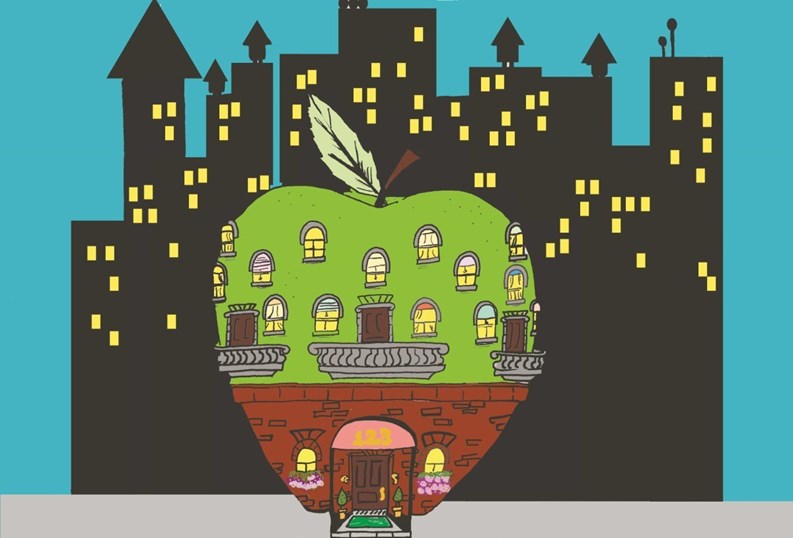
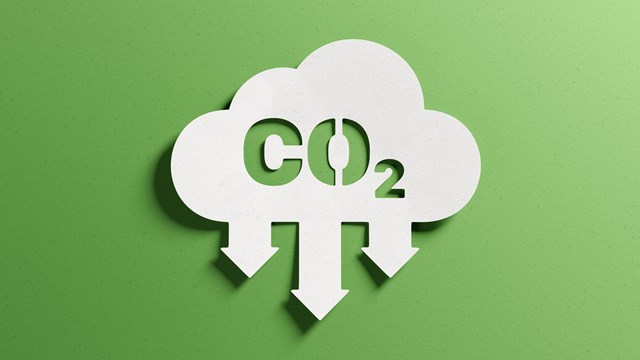

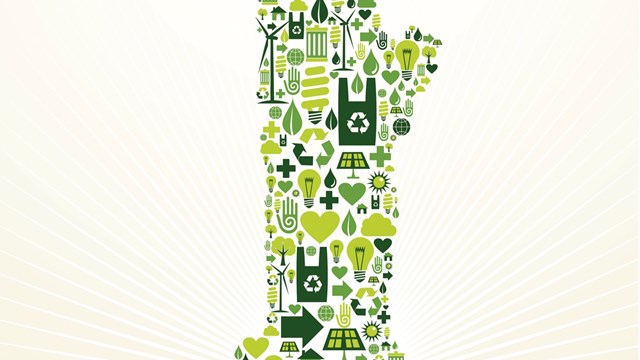
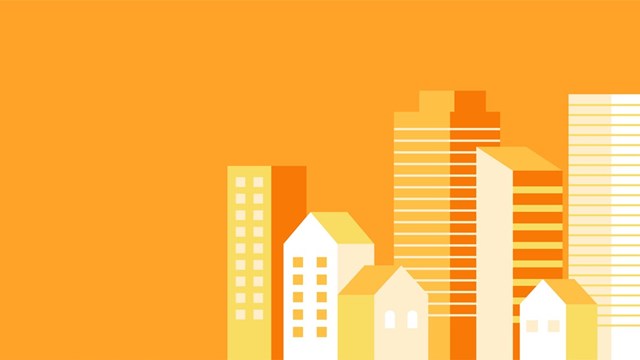

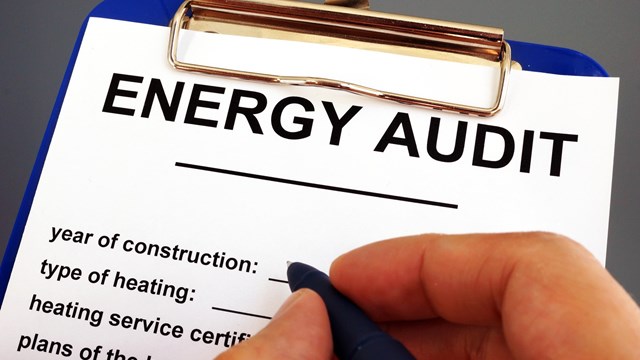
Leave a Comment